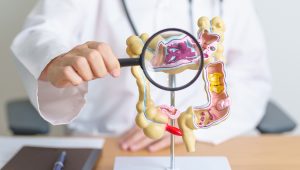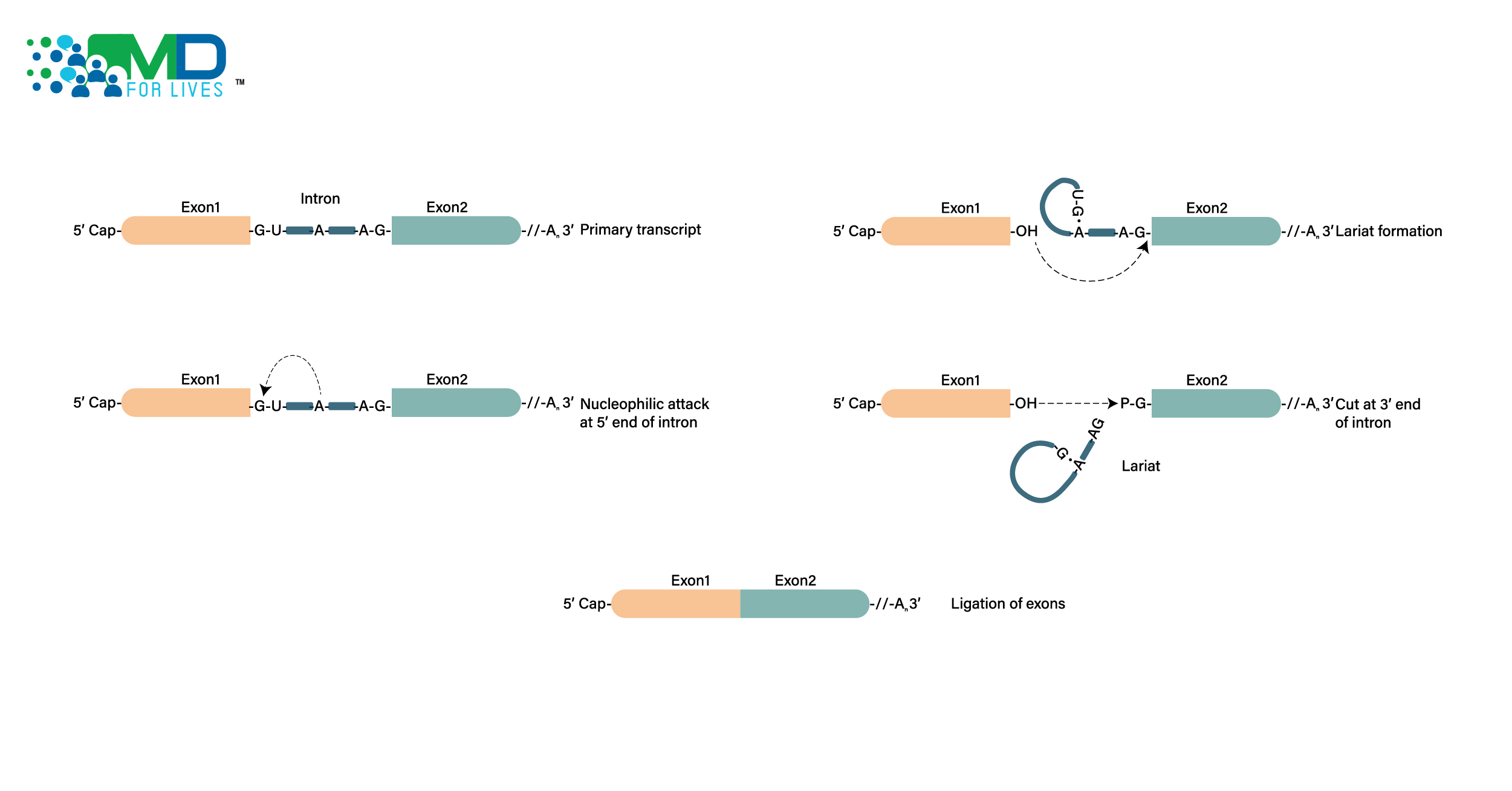This December, it’s crucial to acknowledge the importance of Constipation Awareness Month, a period dedicated to raising awareness about a health issue that often remains in the shadows. Constipation, characterized by infrequent or difficult bowel movements, frequently eludes the attention it truly warrants in healthcare settings. The consequence of this oversight is a lack of comprehensive understanding, leading to misconceptions and suboptimal care for those affected.
According to a study highlighted by the National Library of Medicine, the global diagnosis of constipation in adults averages around 16%, varying widely from 0.7% to 79%. For adults aged 60 to 110 years, the prevalence spikes to 33.5%. This condition’s diverse nature significantly impacts patient quality of life and healthcare resource utilization.

Despite the global prevalence of this bowel condition, its significance in healthcare discussions often falls short of deserved recognition. As we embark on Constipation Awareness Month, it’s incumbent upon all healthcare professionals to dig deeper into the complexities of this condition. By reassessing diagnostic methods, broadening management strategies and last but not the least, enhancing patient education initiatives, as you empower individuals to navigate and manage constipation more effectively, thereby significantly improving their well-being.
Understanding Constipation Prevalence & Impact
Constipation, often perceived as a routine inconvenience, resonates deeply within various demographics and age groups, exerting a substantial toll on individuals’ well-being. Contrary to common belief, this gastrointestinal woe is not merely a discomforting inconvenience; it significantly impacts patients’ physical and psychological well-being. If this bowel condition is chronic, then it might result in issues like hemorrhoids, fecal impaction and anal fissures, typically treatable with medications or, in severe cases, surgical intervention. However, one uncommon but potentially life-threatening complication is Colonic Diverticular Disease.

In the United States, the occurrence of diverticulosis rises from under 20% at age 40 to 60% by age 60. Individuals with colonic diverticular disease have a higher mortality rate compared to the general population. According to the National Library of Medicines, individuals with colonic diverticular disease experienced 32,959 deaths (equivalent to 44 deaths per 1000 person-years), while the matched reference individuals encountered 127,153 deaths (at a rate of 34 deaths per 1000 person-years). This led to a hazard ratio (HR) of 1.27 (95% CI 1.25-1.29)!
Please note: Symptoms of Colonic Diverticular Disease mimic those of appendicitis, colon or ovarian cancer and inflammatory bowel disease. Thus, a comprehensive CT scan of the abdomen and pelvis with water-soluble contrast orally and rectally is essential (with IV contrast if feasible). MRI serves as an alternative for pregnant or young patients.
Colonoscopy is typically recommended 1 to 3 months post-resolution of the episode to evaluate for cancer. Yet, if there are no high-risk signs such as complicated diverticulitis, imaging abnormalities in uncomplicated diverticulitis, atypical symptoms, family history of colorectal cancer, anemia or weight loss, the probability of malignant growths or advanced adenomas following acute uncomplicated diverticulitis is low.
Apart from the aforementioned issues, constipation can also impact a patient’s mental health, causing anxiety, depression and decreased quality of life. Moreover, the economic burden stemming from healthcare utilization, work absenteeism and diminished productivity due to constipation-related issues is substantial.
Are you a Constipation Patient? Share your journey through our Paid Patient Surveys here and your insights drive better healthcare outcomes while earning rewards for your time.
Constipation – Are Laxatives the Only Way Out?

The diagnosis of constipation goes beyond the frequency of bowel movements. Physicians are encouraged to delve into comprehensive patient histories, examining stool consistency, straining, incomplete evacuation and associated symptoms like abdominal pain and bloating. However, diagnosing constipation can be complex, often requiring exclusion of underlying medical conditions that mimic its symptoms. In fact, your approach to managing this bowel condition should not solely rely on short-term remedies like laxatives.
Common Laxatives for Treatment and Prevention of Constipation – Researches
Here’s highlighting some researches done to figure out better alternatives of the common laxatives for treatment and prevention of constipation:
Research No. 1:
Selective 5-HT(4) receptor agonists like prucalopride and velusetrag offer hope for treating functional bowel disorders. Unlike earlier medications withdrawn due to heart risks, these newer agonists show promising results without similar concerns.Prucalopride enhances bowel movements and satisfaction in constipated patients across different types and demographics, maintaining efficacy over time. However, it has been just approved in Europe; it still awaits FDA approval.
Velusetrag also improves bowel motions but requires further evaluation. The efficacy and safety of other agonists like naronapride and YH12852 are pending, necessitating more research for broader constipation treatment use.
Research No. 2:
Intestinal chloride channel activators, including lubiprostone, linaclotide and plecanatide, stimulate fluid secretion in the gut. Lubiprostone activates chloride channels and receptors, proving effective in enhancing bowel movements and reducing bloating in chronic constipation. Linaclotide and plecanatide, targeting different receptors, also improve bowel movements and stool consistency in constipation and IBS-C patients. Plecanatide, which is already FDA-approved for chronic constipation, demonstrated increased bowel movements but caused minor adverse effects like diarrhea.
All in all, these drugs show promise in managing constipation and IBS-C, offering improved bowel function with potential for broader treatment options in the future.
Research No. 3:
Modifiers of bile acid recycling and synthesis, like elobixibat and NGM282, offer potential constipation management. Elobixibat, an inhibitor of bile acid absorption, accelerates colonic transit, improving stool frequency in chronic constipation patients. However, up to half of users may experience mild adverse reactions like abdominal pain or diarrhea. Despite Japanese approval, elobixibat awaits EMA and FDA approval.
NGM282 speeds gastric and colonic transit in functional constipation, but reduces stool bile acid levels due to potent bile acid synthesis inhibition. Further research is needed for a better understanding of its mechanisms.
Research No. 4:
Tenapanor (AZD1722) is a unique inhibitor that targets the gut’s sodium/hydrogen exchanger NHE3. By curbing the absorption of sodium and phosphate from food, it boosts fluid in the intestines, aiding bowel movement.
In studies with IBS-C patients, it showed a 61% responder rate in increasing complete bowel movements, reducing abdominal pain. Common side effects include diarrhea, headache, nausea, urinary tract infection and abdominal pain, leading some patients to stop taking it due to diarrhea. Similar effects were observed in older chronic kidney disease patients. Although not yet approved by the EMA, promising phase 3 trial results have prompted plans for an FDA application. Now you know, constipation’s only answer is never laxative; there’s way more beyond that!
Physicians, Go Beyond Medications!
Have you considered the pursuit of sustained relief for your patients beyond the immediate benefits provided by laxatives and newer medications for treatment and prevention of constipation? As a physician, it’s crucial to contemplate long-term solutions for their overall gastrointestinal health, isn’t it?

We suggest, when you meet a patient, always share with them a holistic strategy that should encompass dietary modifications, increased physical activity, hydration, behavioral changes and targeted pharmacotherapy when necessary. The reason why we are suggesting this to you is because patient education regarding lifestyle modifications and the importance of regular bowel habits is paramount!
Conclusion

The underrecognition of constipation warrants a paradigm shift in clinical practice. Collaboration between healthcare professionals, including primary care physicians, gastroenterologists, dietitians and mental health professionals, is pivotal to raise awareness about constipation and deliver comprehensive care to patients. Emphasizing patient education and empowering individuals to actively participate in managing their condition can lead to improved outcomes and enhanced quality of life. Physicians aspiring to play a pivotal role in shaping the dynamic healthcare arena can join our platform and engage in paid medical surveys! Your distinct perspectives hold the power to influence the creation of innovative medical solutions, directing the trajectory of healthcare progress.
Beyond surveys, we invite you to share your expertise in our interactive discussion forums or contribute valuable insights through blogs and case studies.

The creative force behind the keyboard, Pallabi crafts narratives of healthcare wonders and research marvels. As a seasoned professional blogger, she ventures to unearth the riches of medical innovation, weaving them into insightful stories that educate.






